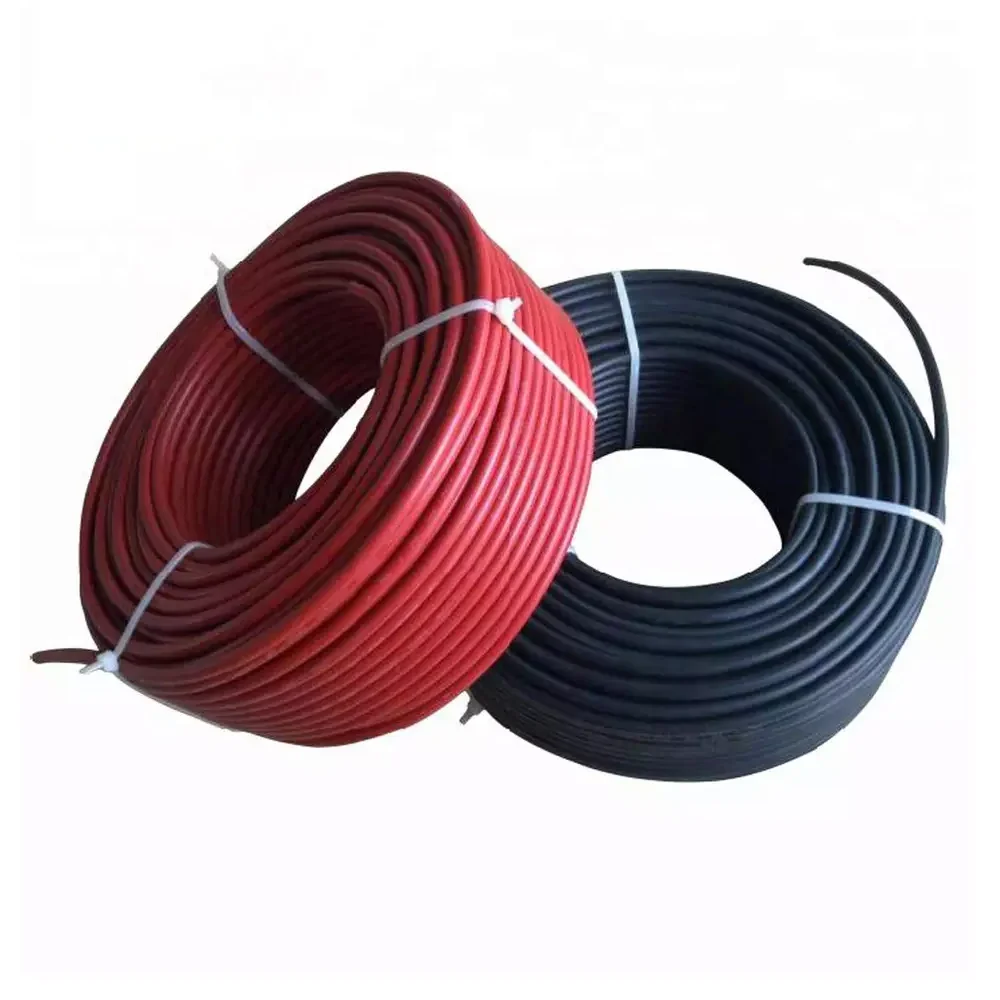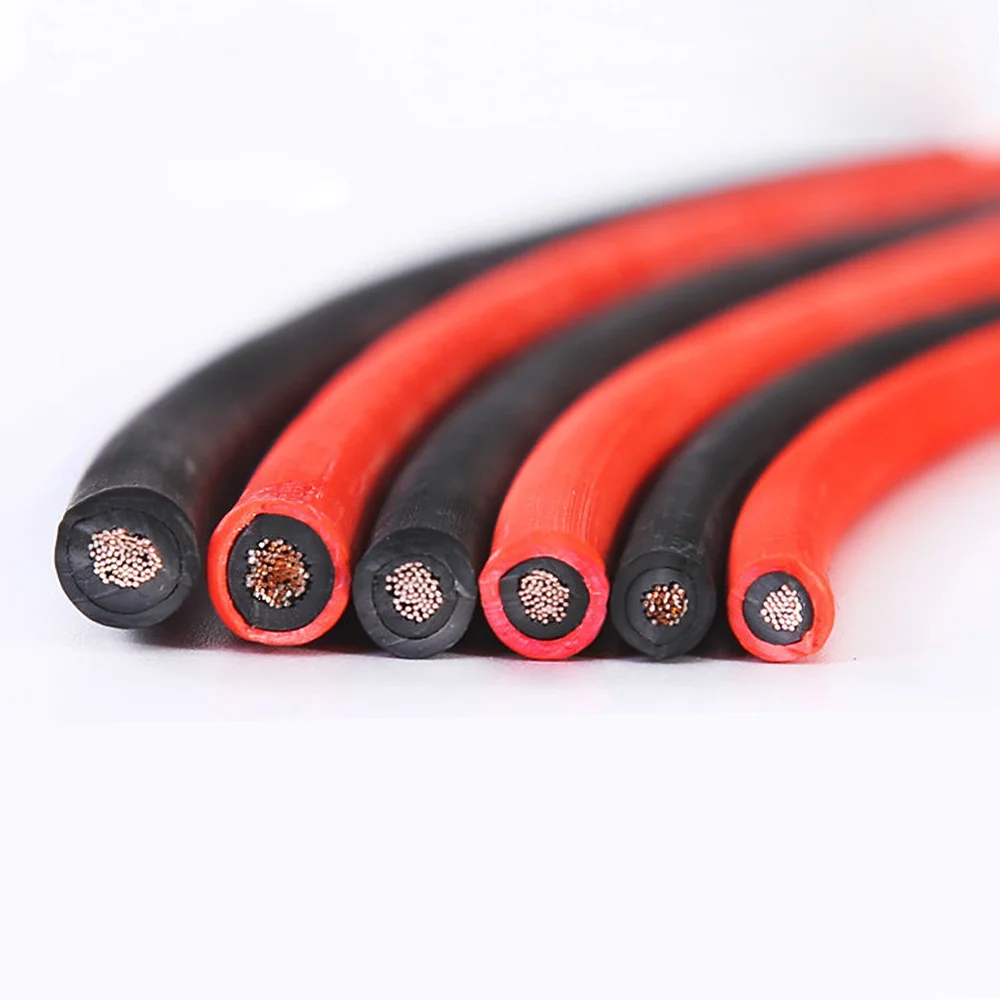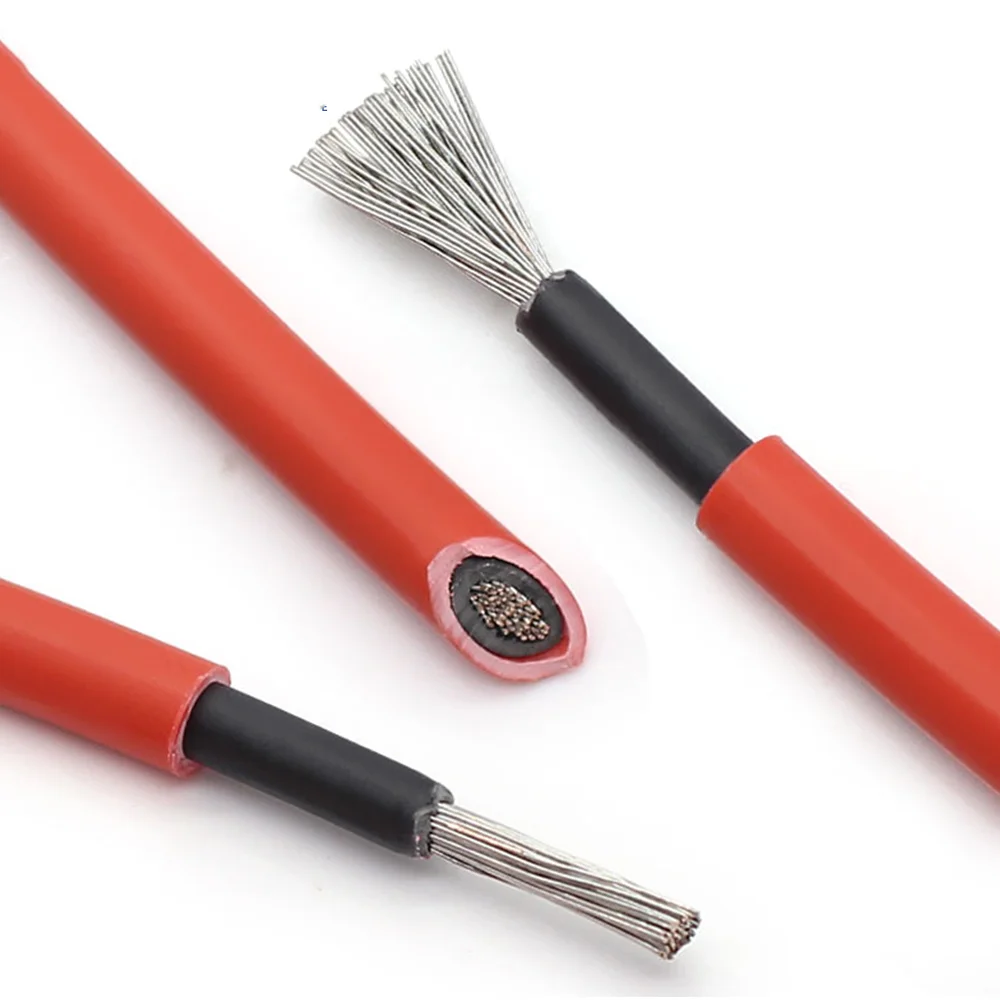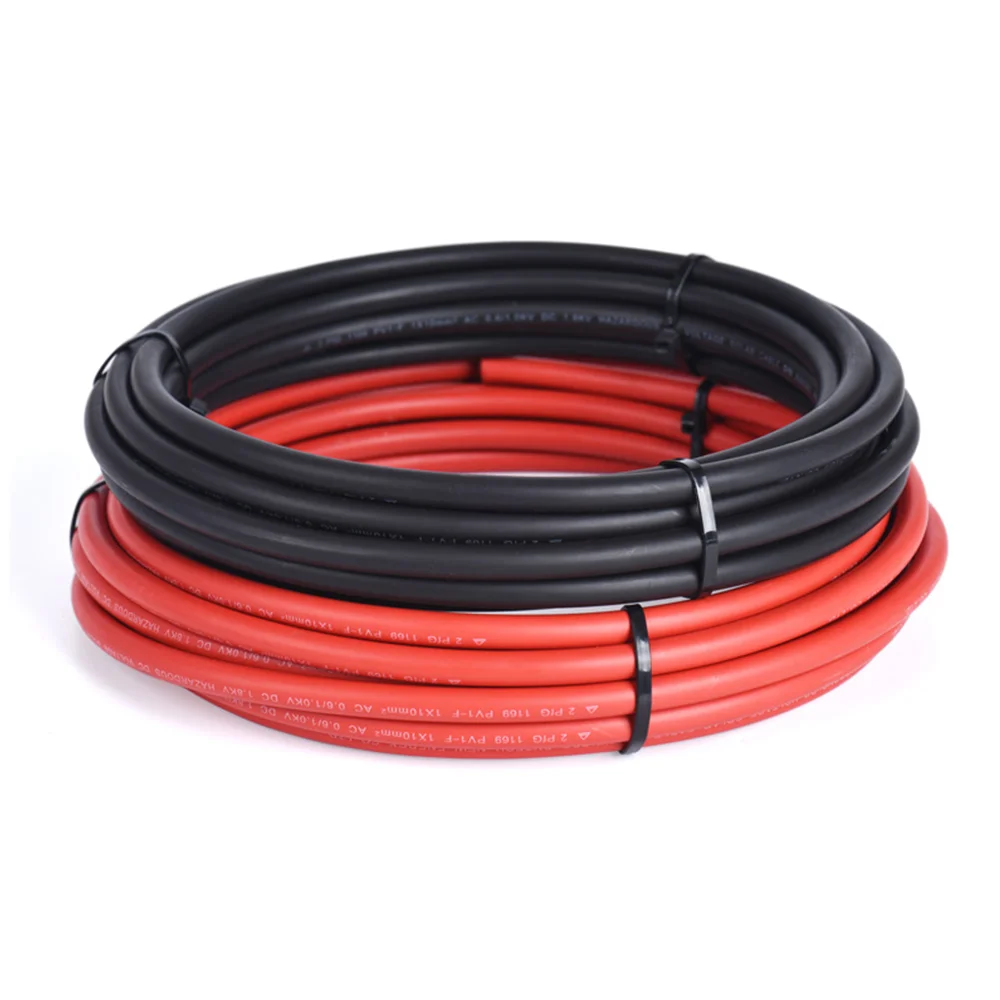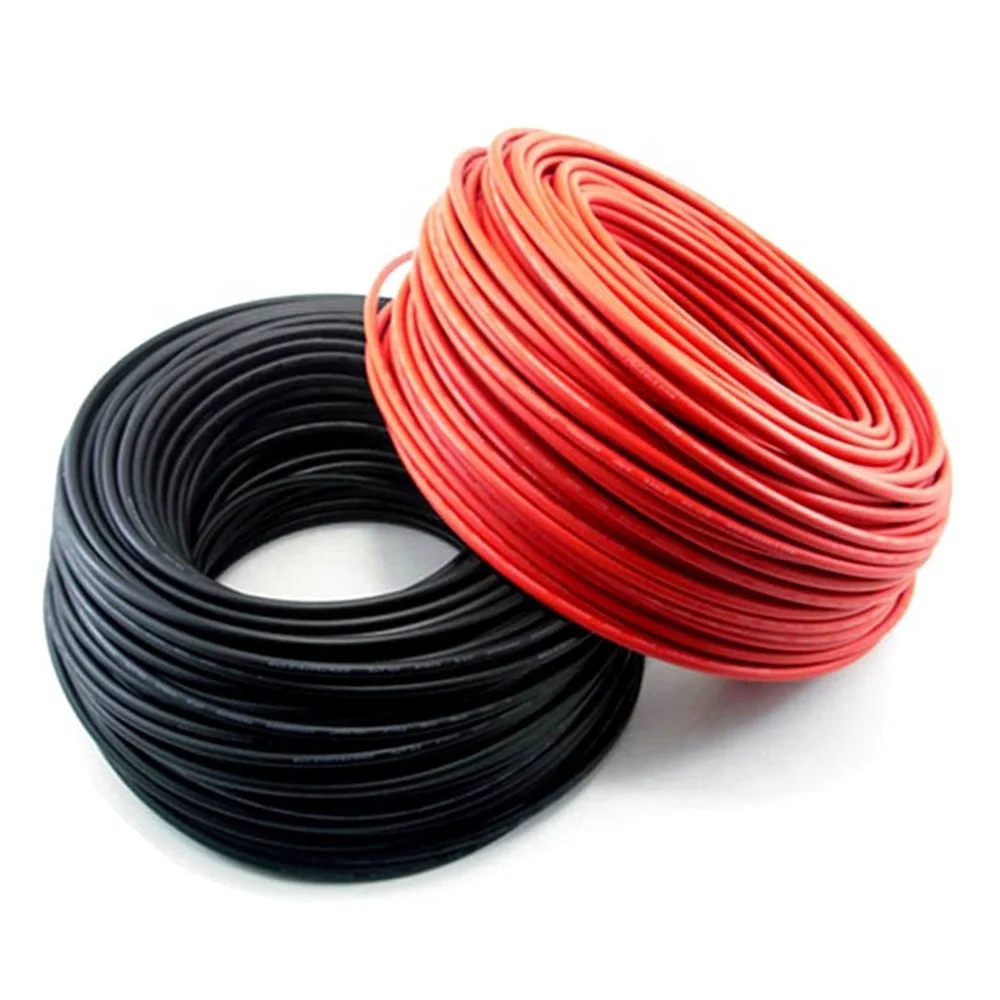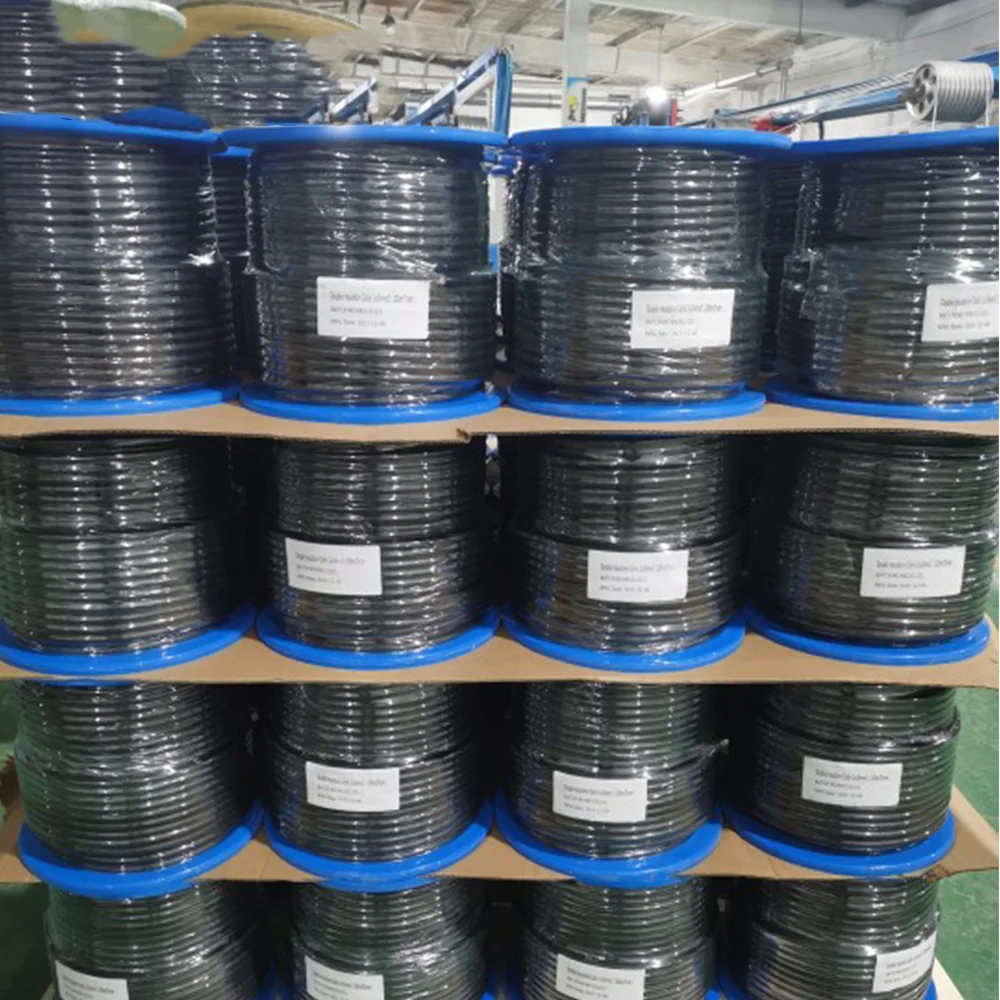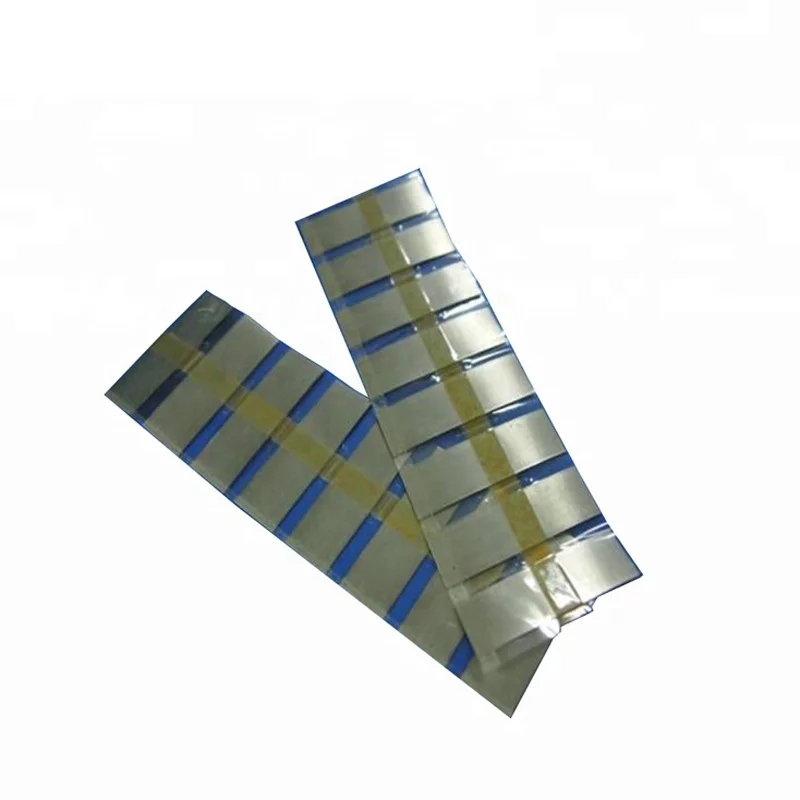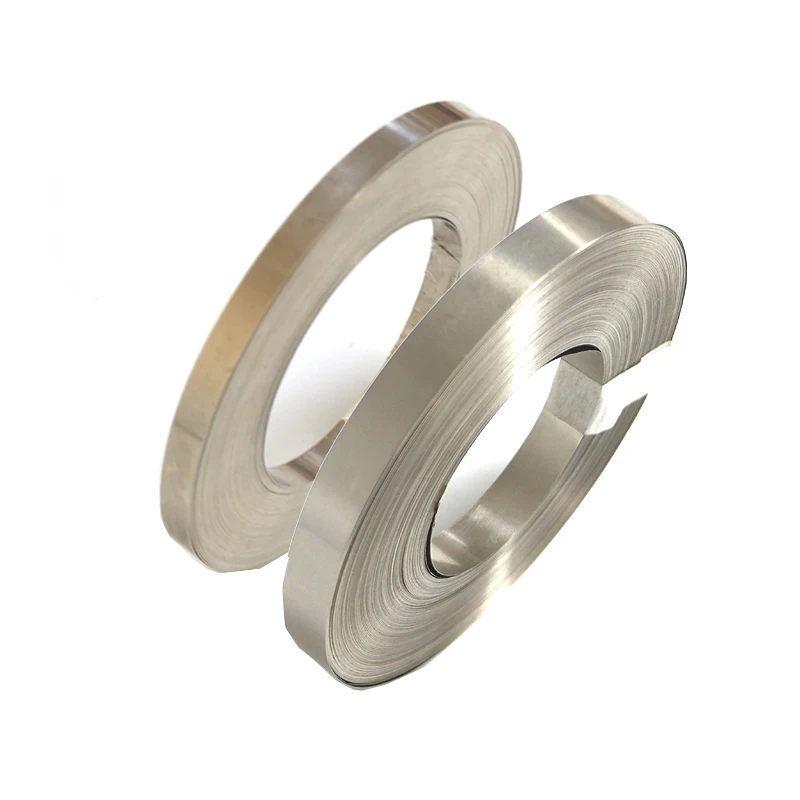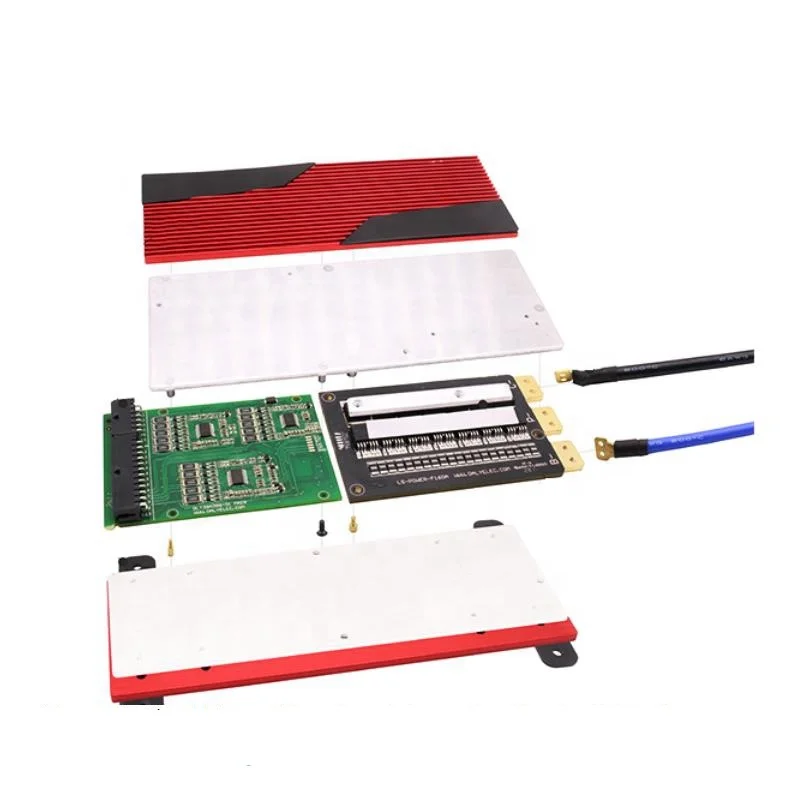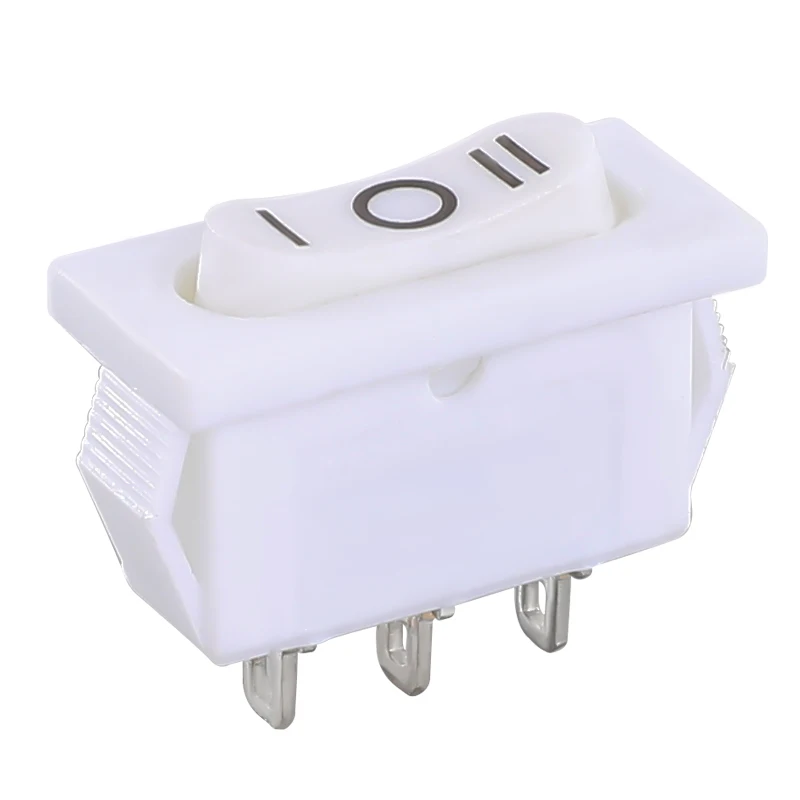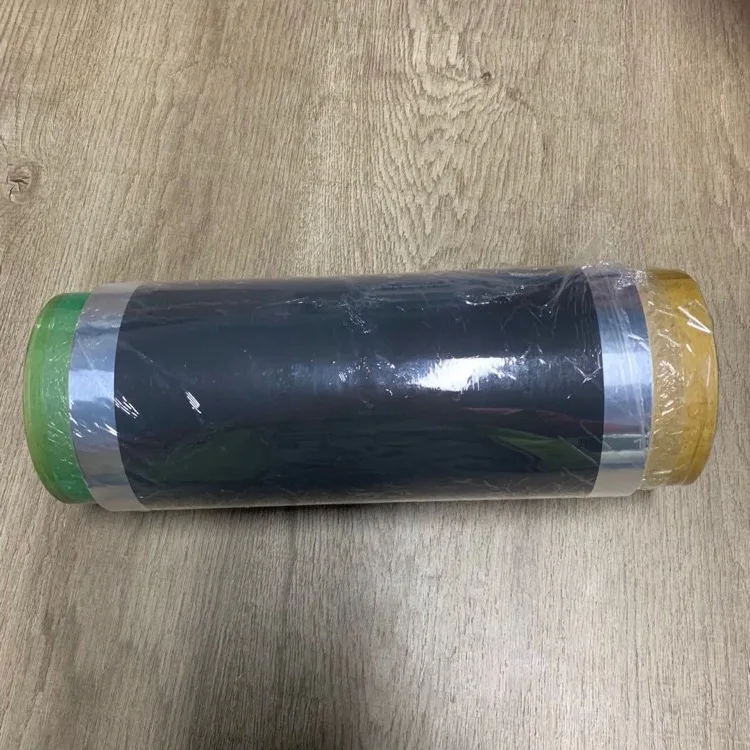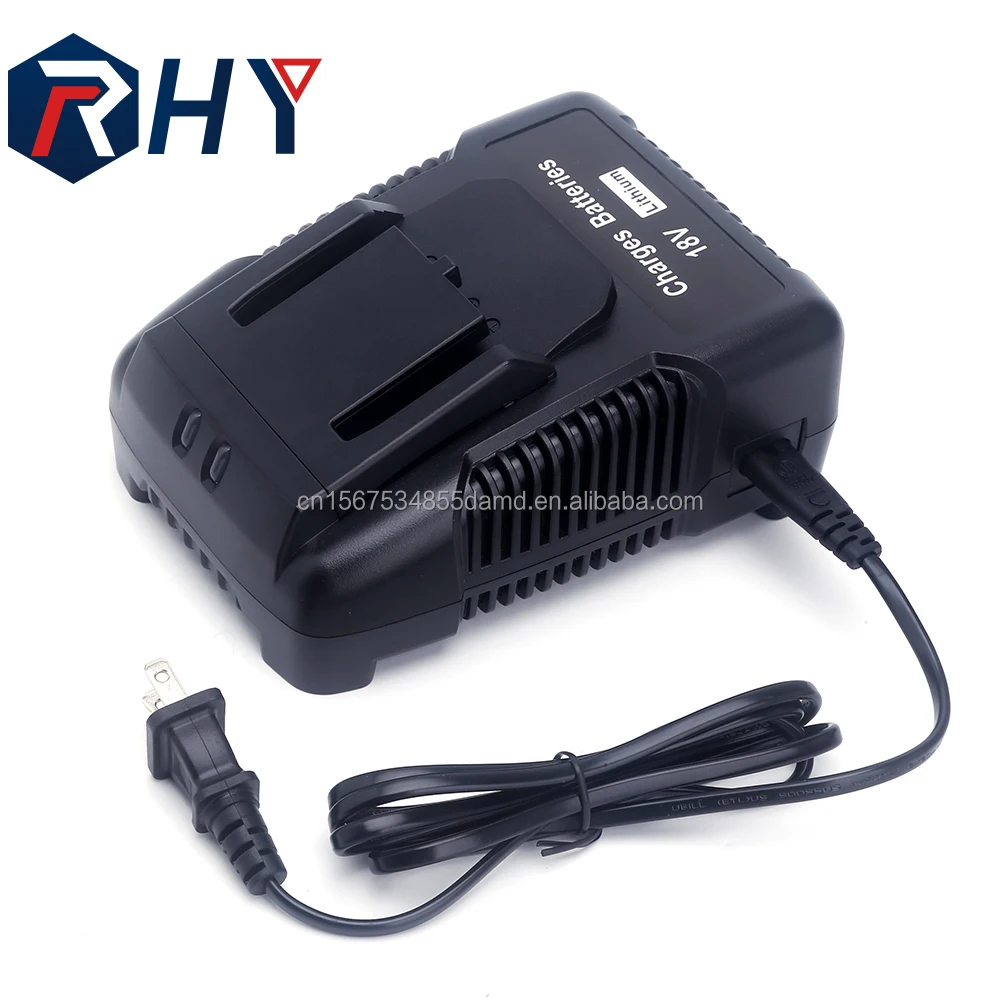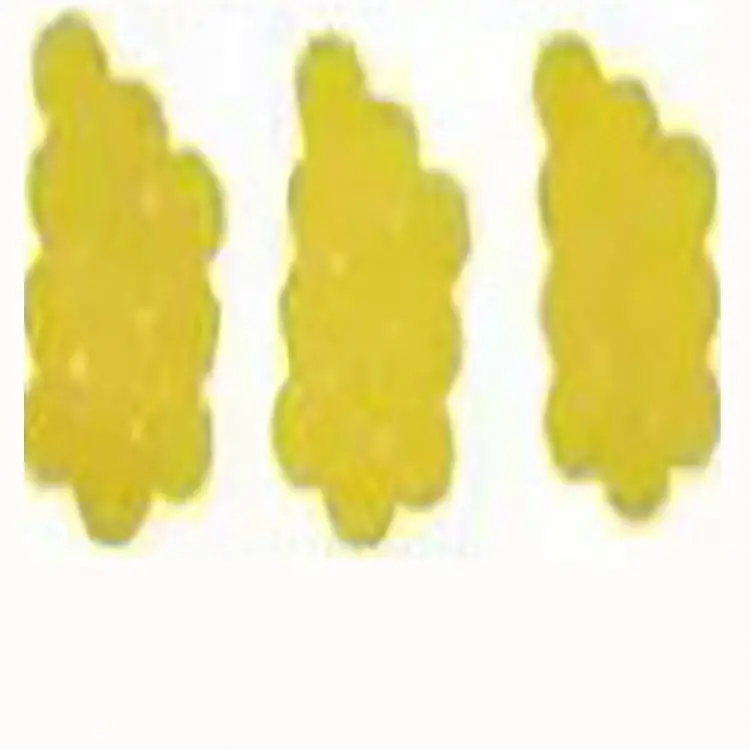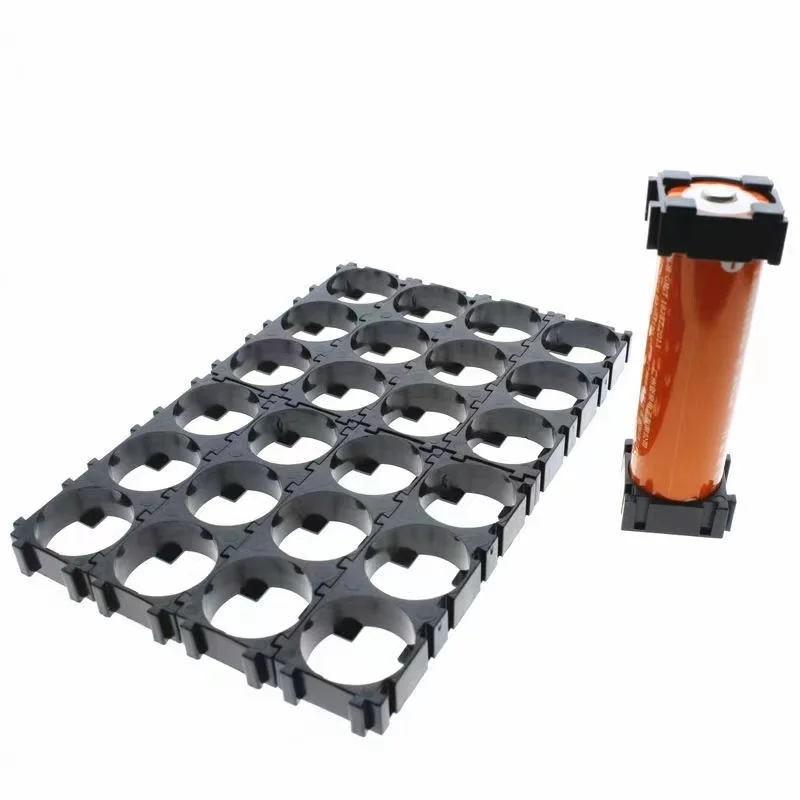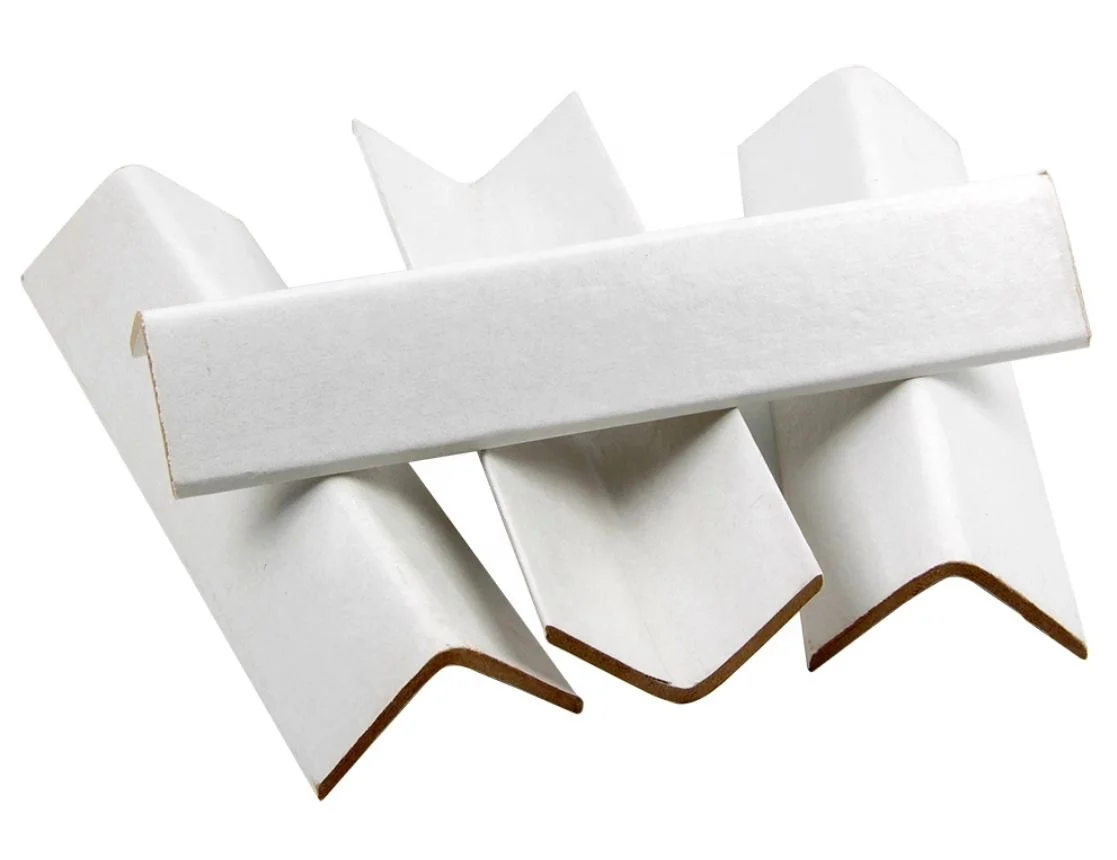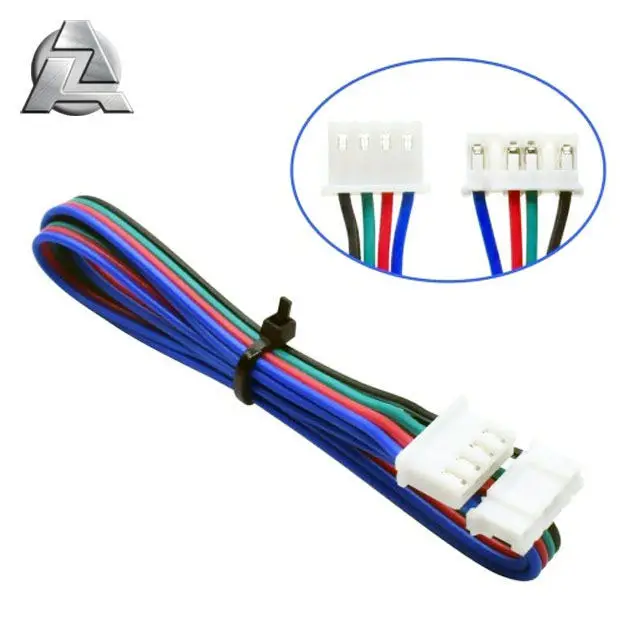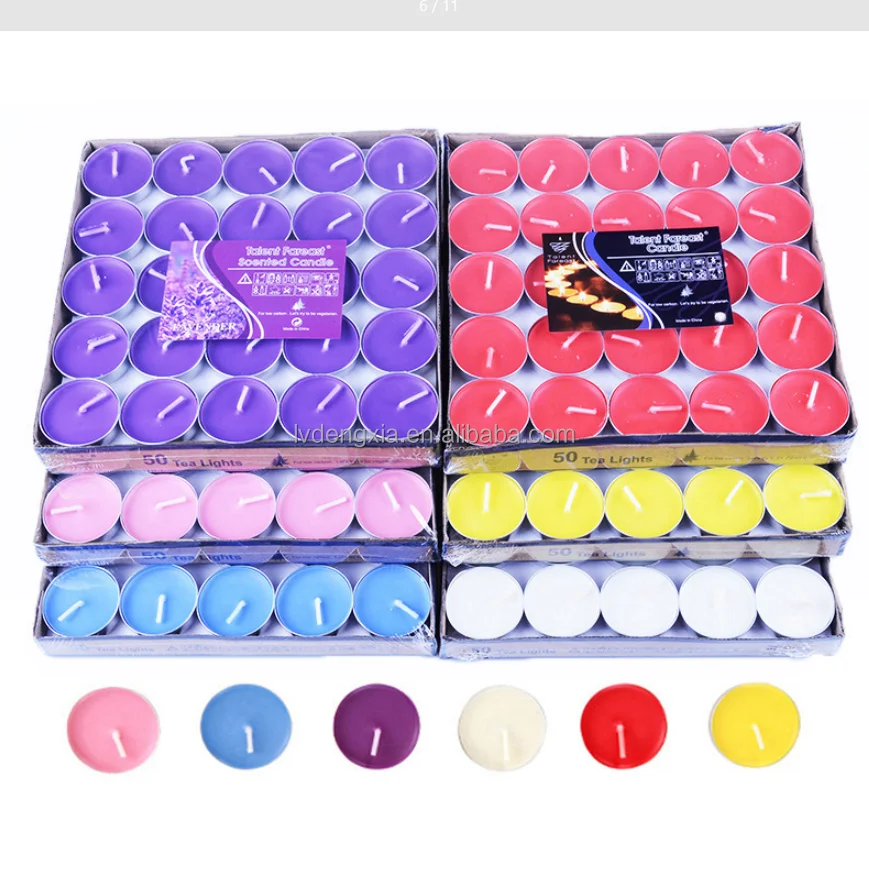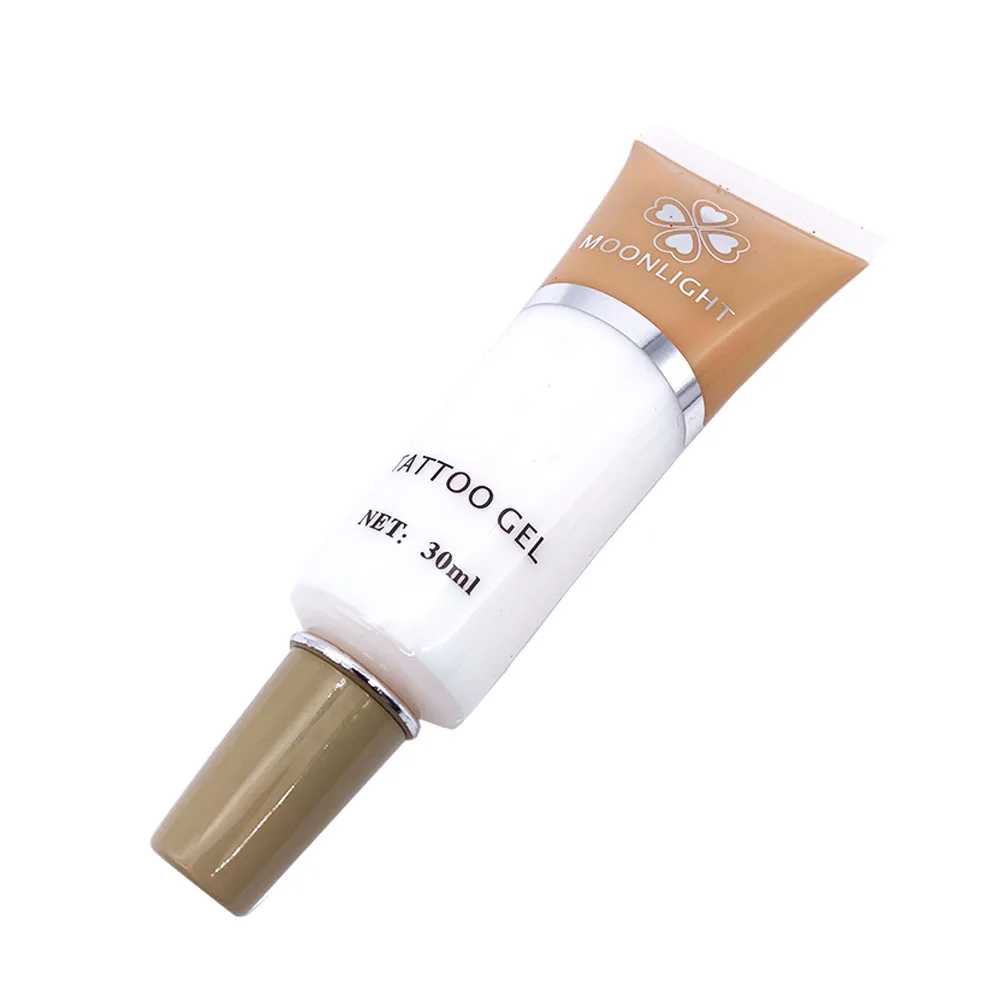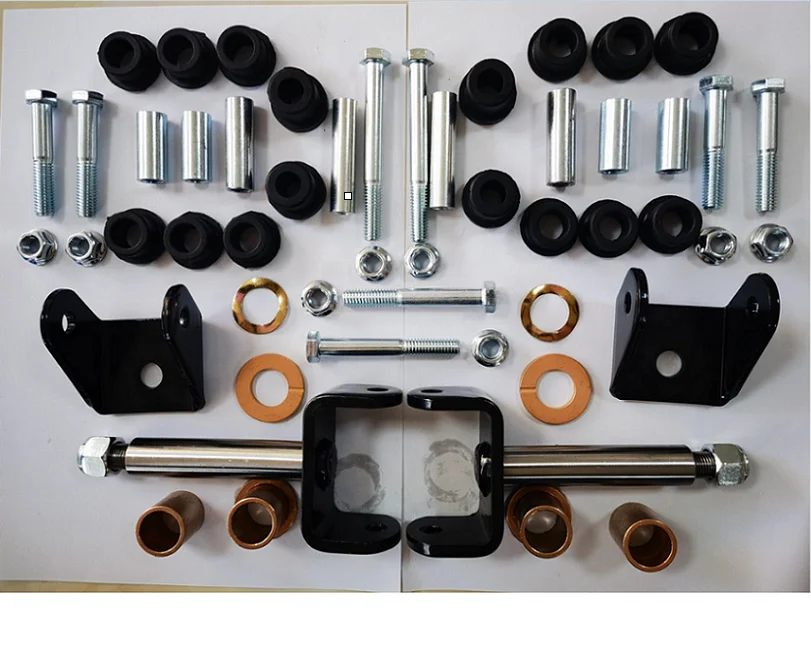2.5mm 4mm 6mm 8mm 10mm 16mm 25mm 35mm Tinned copper conductor Crosslinked polyethylene xlpe photovoltaic solar dc cable
- Category: >>>
- Supplier: Shenzhen Liantian Technology Group Co. Ltd.Shenzhen Ltd.
Share on (1601260585434):
Product Overview
Description
Products Descrition
A green-yellow ground wire is usually a wire or conductor that is characterized by an outer covering of green-yellow insulation.
It is mainly used in grounding systems in buildings, electrical equipment and circuits. The main function of the yellow-green
ground wire is to flow the current to the ground to ensure the safety of people and equipment.
The yellow-green grounding wire is usually braided by multiple strands of thin copper wire, which makes it have good electrical
conductivity and flexibility. Its insulating layer is usually made of PVC (polyvinyl chloride) or PE (polyethylene) material to
provide electrical insulation and protection. The yellow-green color is mainly used to distinguish the function of the ground wire
from other wires, and it is usually added to the insulation layer with a special dye to ensure easy identification.
The yellow-green ground wire must be properly connected to the grounding system of the building or equipment. It is usually welded
or connected to the underground of the building, or connected to the metal shell or grounding terminal of the equipment. The end
of the ground wire is usually inserted into the ground to ensure a good connection to the ground below.
Proper use and connection of the yellow-green ground wire is critical to maintaining the safety of the circuit. It is able to
direct any potential current leakage or fault current to ground, avoiding the risk of electric shock and fire. Therefore, when
installing, maintaining, or changing electrical equipment or circuits, it is critical to ensure that the green-yellow ground wire
is properly connected and tested.
It is mainly used in grounding systems in buildings, electrical equipment and circuits. The main function of the yellow-green
ground wire is to flow the current to the ground to ensure the safety of people and equipment.
The yellow-green grounding wire is usually braided by multiple strands of thin copper wire, which makes it have good electrical
conductivity and flexibility. Its insulating layer is usually made of PVC (polyvinyl chloride) or PE (polyethylene) material to
provide electrical insulation and protection. The yellow-green color is mainly used to distinguish the function of the ground wire
from other wires, and it is usually added to the insulation layer with a special dye to ensure easy identification.
The yellow-green ground wire must be properly connected to the grounding system of the building or equipment. It is usually welded
or connected to the underground of the building, or connected to the metal shell or grounding terminal of the equipment. The end
of the ground wire is usually inserted into the ground to ensure a good connection to the ground below.
Proper use and connection of the yellow-green ground wire is critical to maintaining the safety of the circuit. It is able to
direct any potential current leakage or fault current to ground, avoiding the risk of electric shock and fire. Therefore, when
installing, maintaining, or changing electrical equipment or circuits, it is critical to ensure that the green-yellow ground wire
is properly connected and tested.
Product name | Earth Grounding Wire | ||||||
Insulation | PVC Insulation Cable | ||||||
Color | Yellow+Green | ||||||
Conductor | Copper | ||||||
Rated Voltage | 450/750V | ||||||
Size | 14AWG 2.5MM | ||||||
Length | 10cm | ||||||











We Recommend
New Arrivals
New products from manufacturers at wholesale prices
